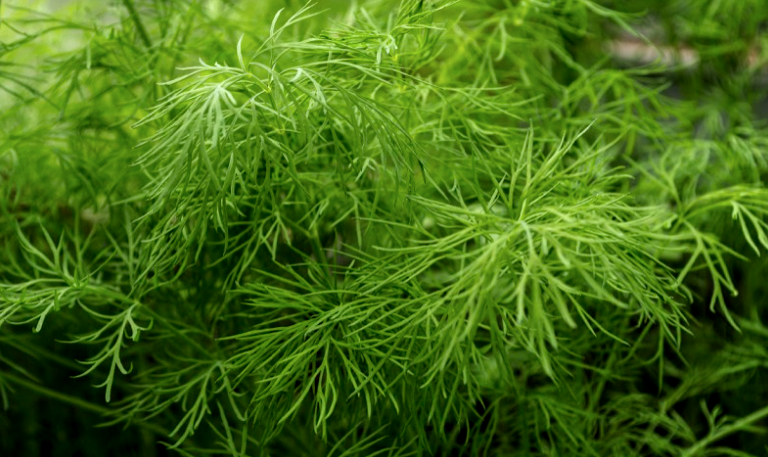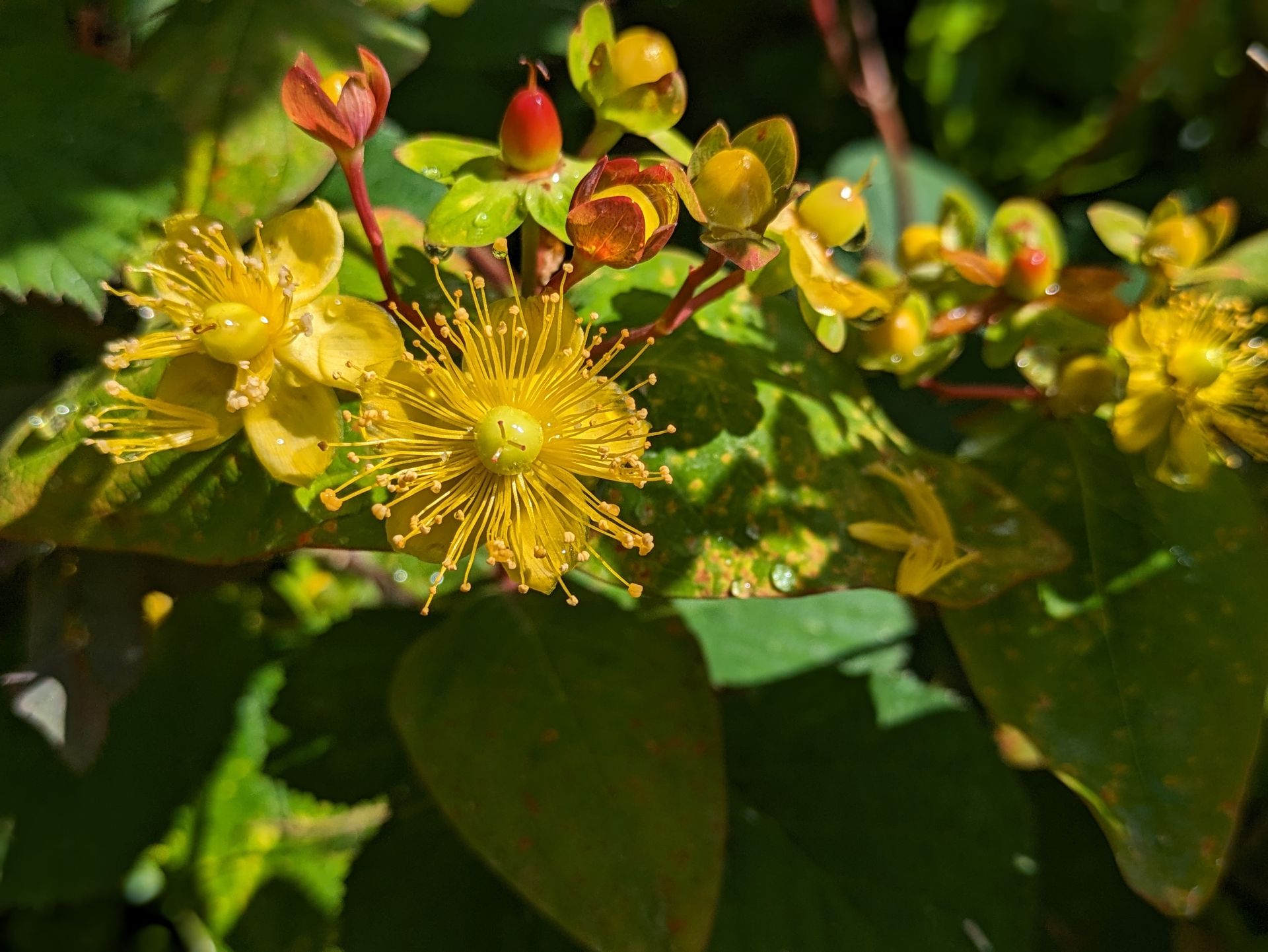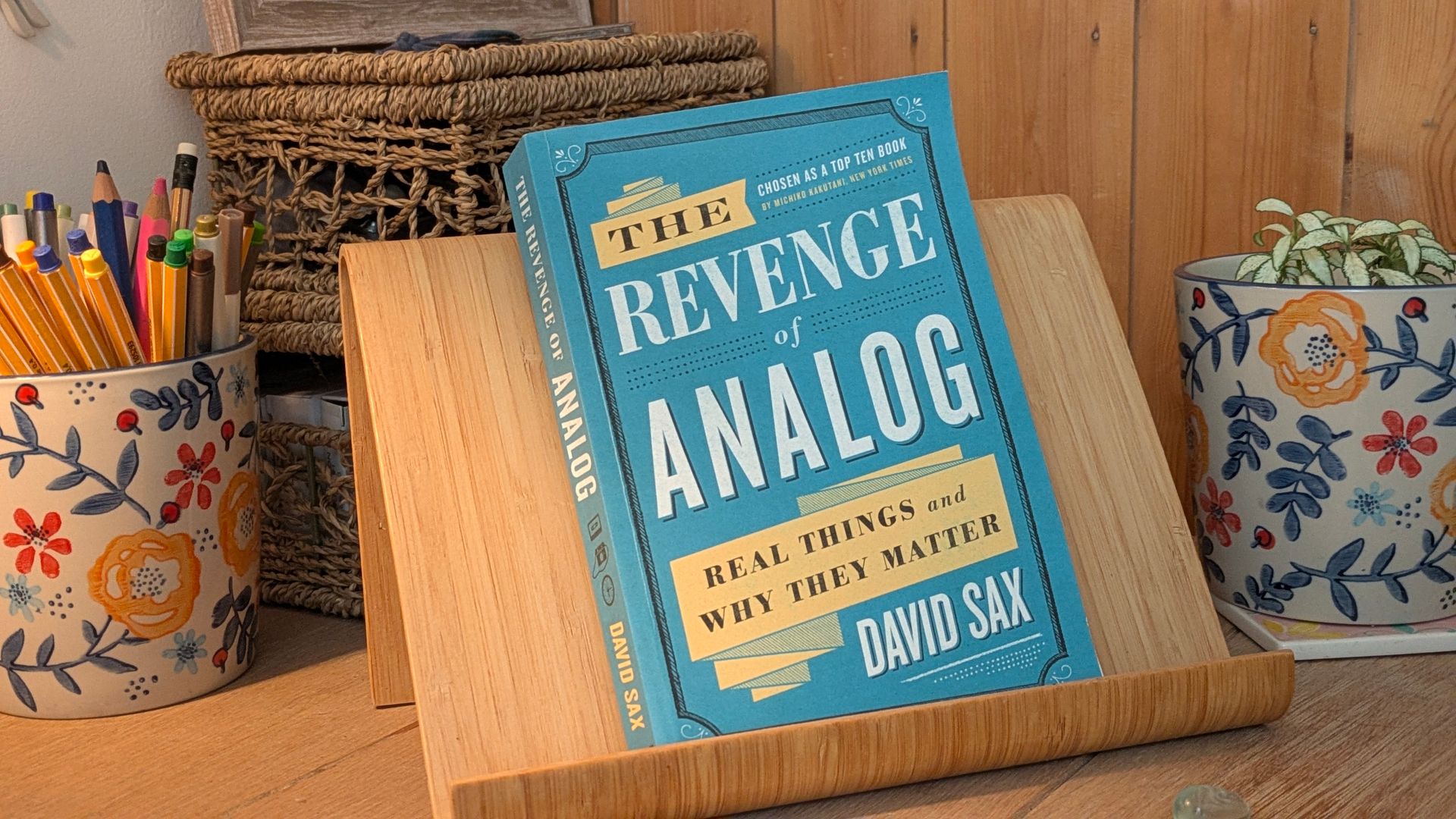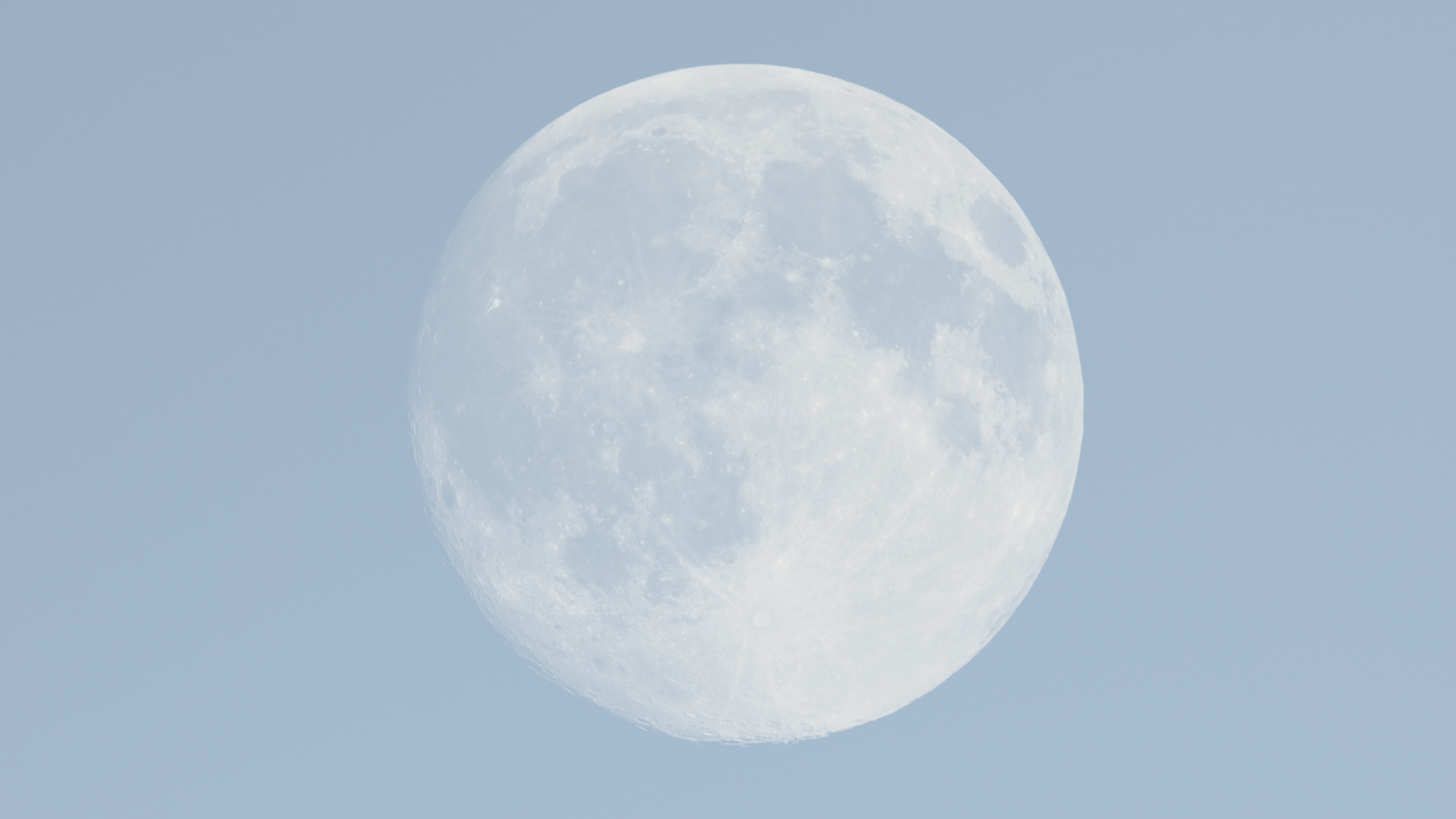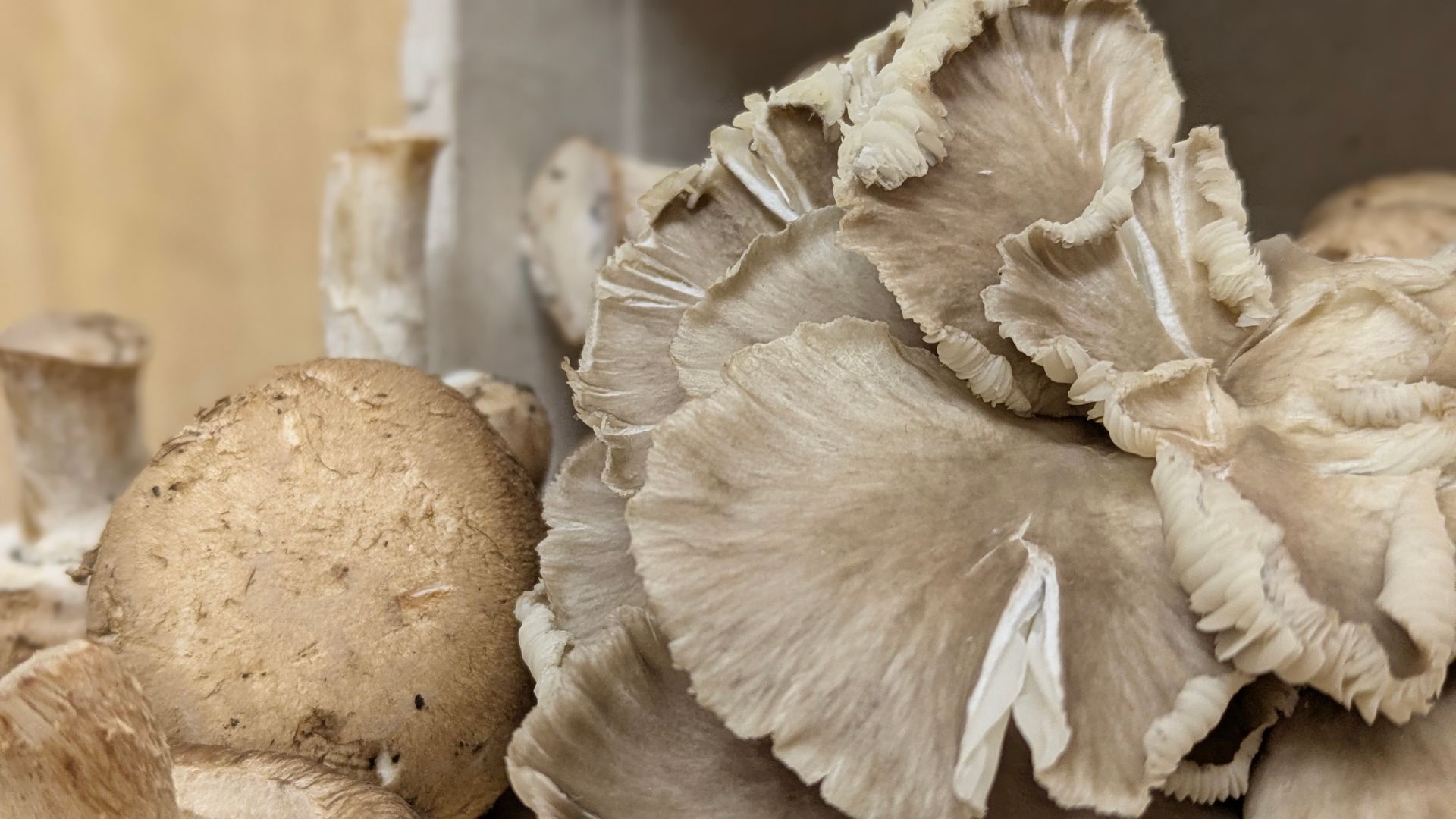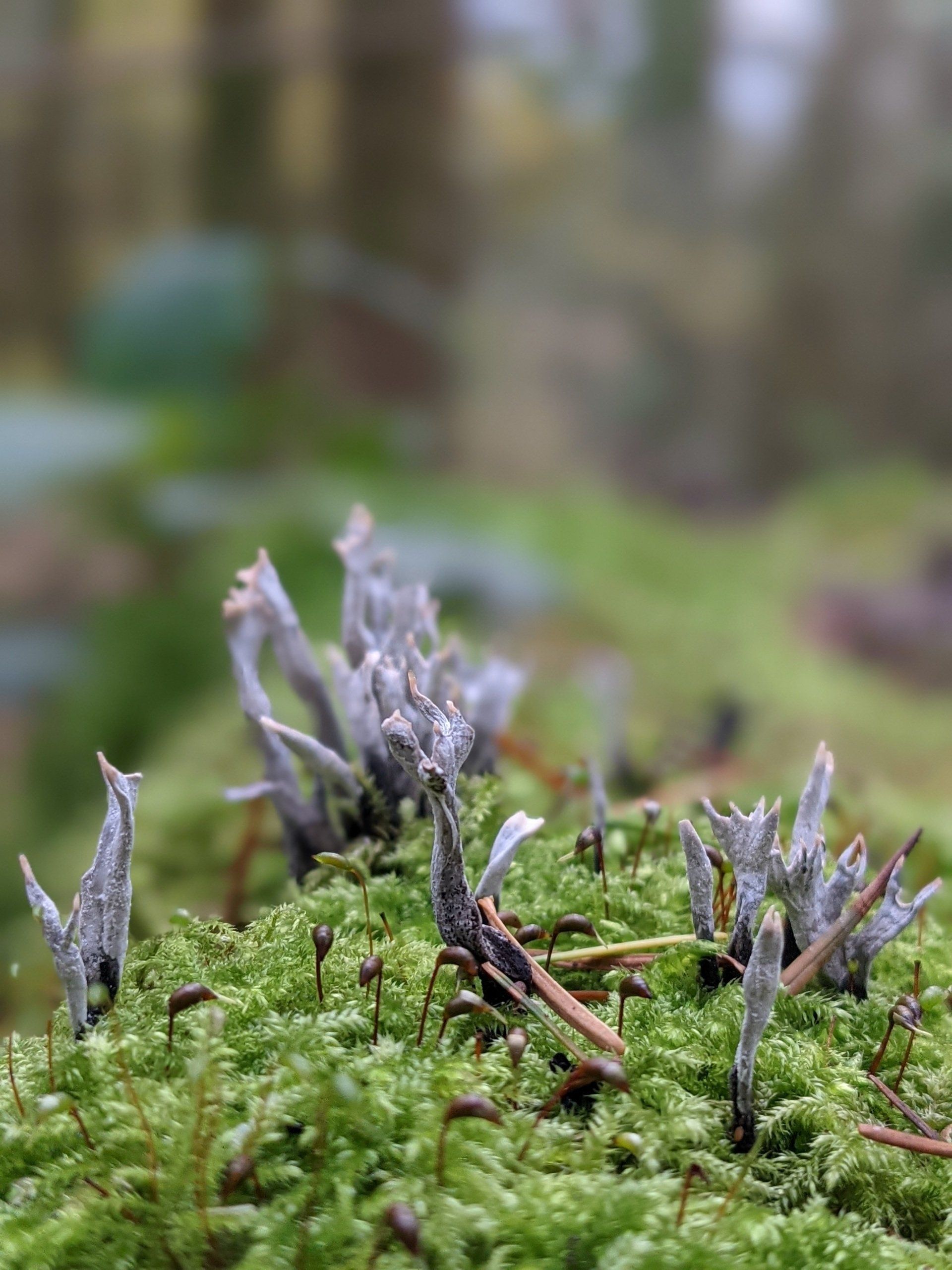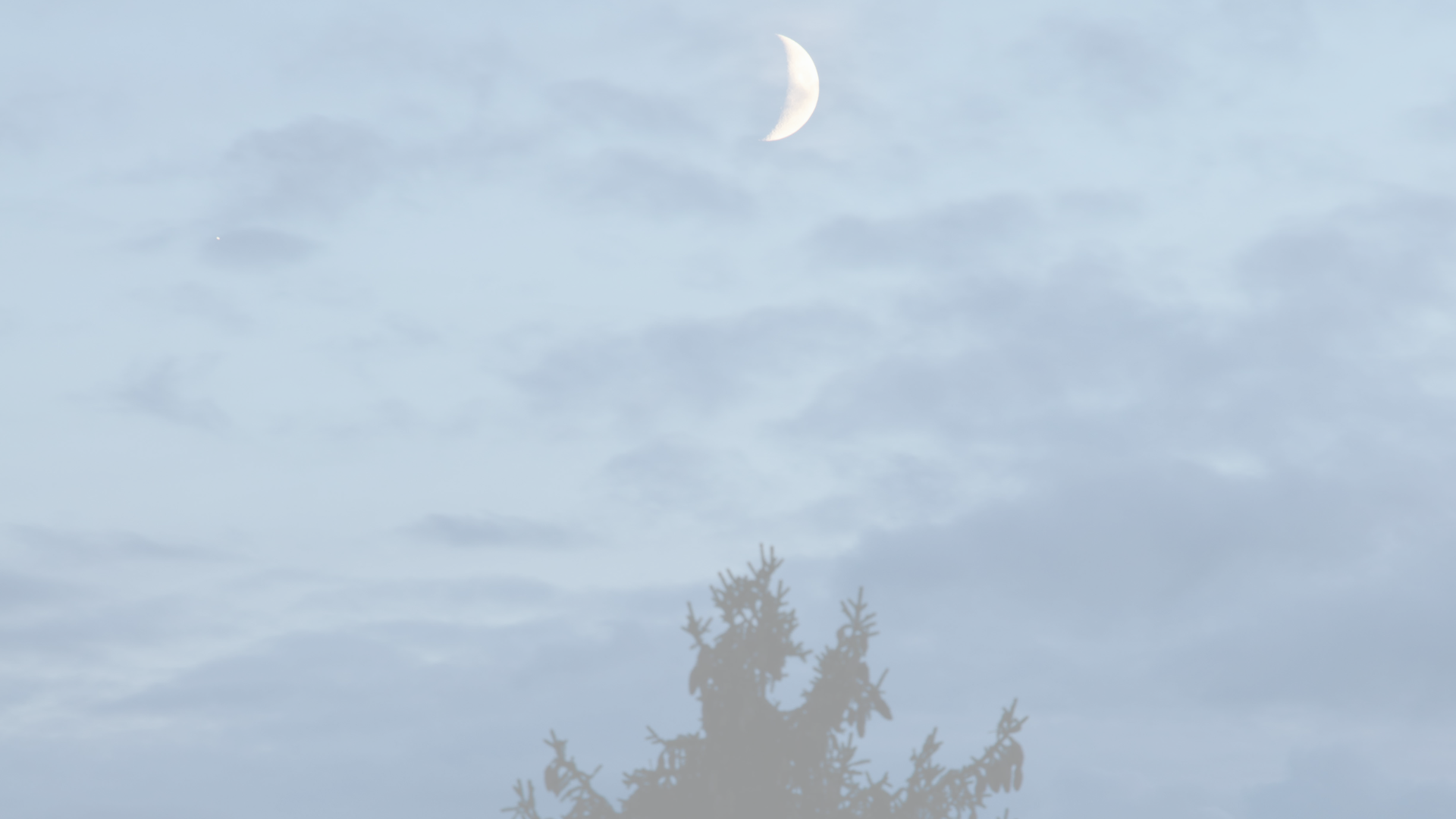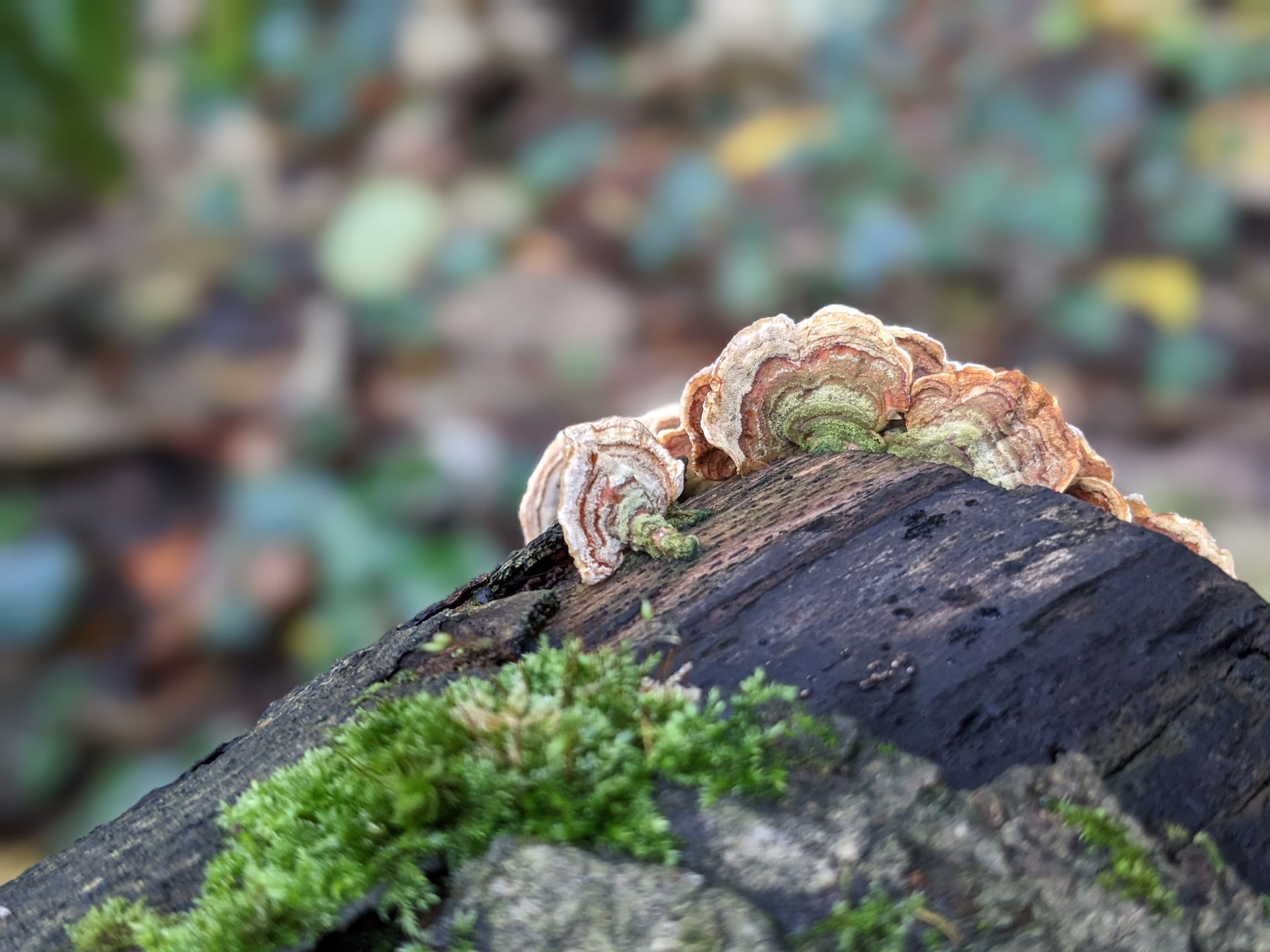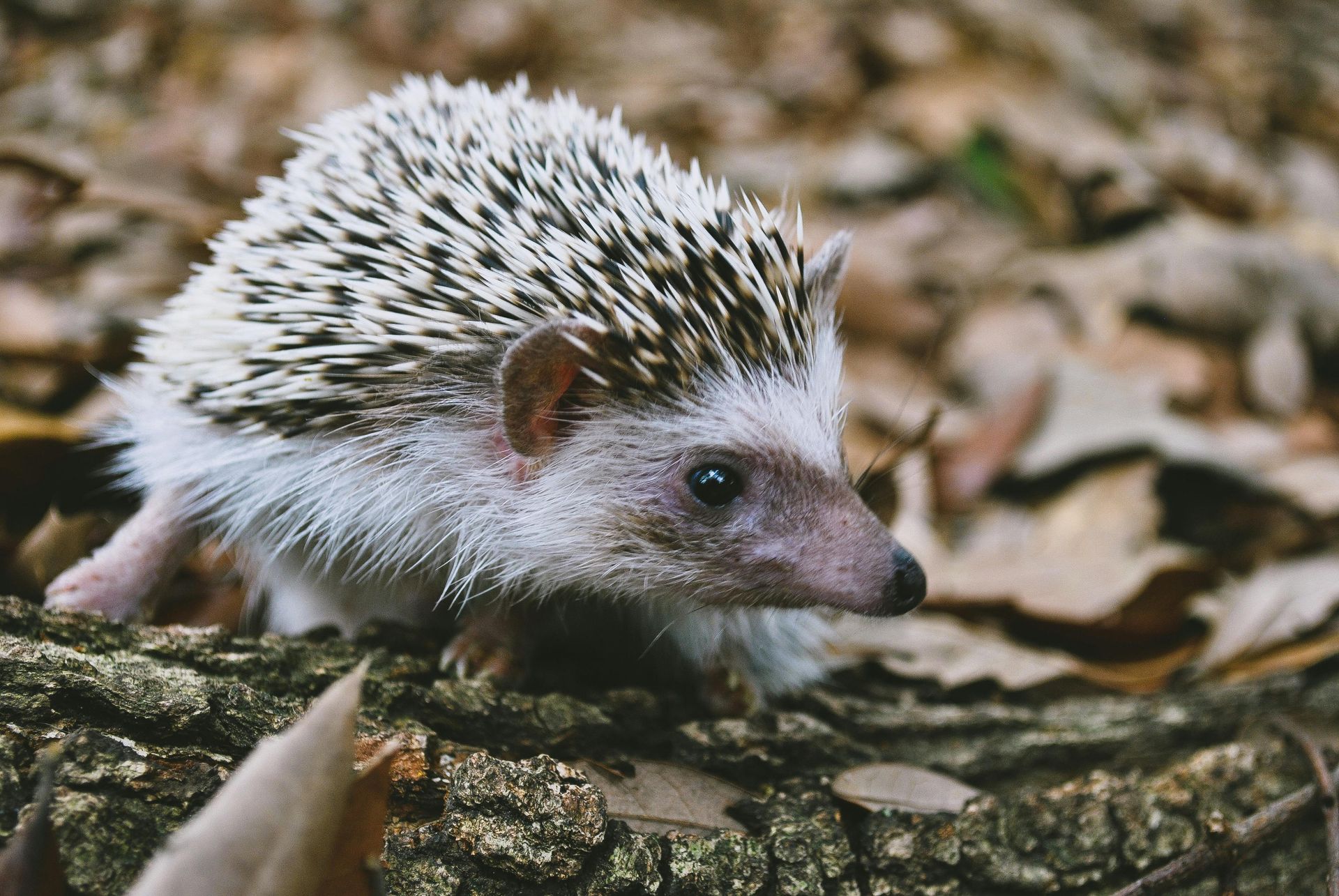A Healing Herb (Dill)
An aromatic herb with a mild aniseed flavour and medicinal properties
A Healing Herb Guide
Dill is the eighteenth herb to feature in my Healing Herb Guide.
Dill was first discovered in the Mediterranean region about 5,000 years ago and was used in Scandinavia by the Norsemen (see below). The word means to calm or to soothe and as Nicholas Culpeper, a famous 17th century physician, medical astrologist and herbalist, stated: Dill strengthens the brain and stays the hiccough when boiled in wine and smelled unto being tied in a cloth.
Dill is a popular culinary herb with ornate, feathery leaves which have a mild aniseed flavour. Dill Seeds have a similar flavour to Fennel but are more subtle. Delicate clusters of tiny yellow flowers appear between June and September, and they are a magnet for butterflies, bees and other pollinators. Dill is also a host plant for the caterpillars of Black Swallowtail Butterflies.
Dill can be grown in flower borders, herb beds, vegetable plots and containers with just a few weeks of harvest harvests last only a few weeks, if you sow seeds repeatedly in small batches, you can have fresh leaves to pick all Summer. The leaves, flowers and seeds are all edible.
Dill is a two-in-one herb (the same as Coriander) and is unique because both its leaves (also known as Dill Weed) and its seeds are edible, nutritious, medicinal and flavourful. The leaves have a fresh, grassy taste while the seeds are stronger and spicier.
I hope you enjoy discovering the life-giving and healing benefits of Dill - an uplifting herb that will serve you well in support of your general good health, healing and wellbeing.

Folklore
Dill has always been seen as a treasured herb symbolising good cheer and good luck.
In the Middle Ages, hanging Dill Weed by your door prevented anyone entering who might mean harm. Sprigs of Dill were also hung on cradles to protect sleeping babies and young children.
The name Dill originates from the Old Norse term dilla which means to lull and it was used to induce sleep. The ancient Greeks called it Hermes’s Semen, as it is a herb of Mercury associated with fertility and abundance. This is because of the large amount of seeds produced by each umbel in late Summer. Dill Seeds are categorised as a spice.
Roman gladiators used to rub Dill over their bodies prior to engaging in mortal combat and Dill Essential Oil was mixed into food as a fortifying tonic.
Early settlers in North America called Dill the meetin' seed because it was given to children to chew on to keep them quiet during sermons.
In the British Isles, Dill was renowned by medieval magicians to counter spells and clear the home of unwanted spirits. It was also burned in the rooms of sick people to encourage healing and carrying Dill Seeds over the heart was said to combat the Evil Eye.
In some cultures, Dill was used in love potions as it was thought to symbolise fidelity, devotion and good fortune.
Nutrition
Dill is an annual herb which is part of the celery family known as Apiaceae.
Dill provides a good source of vitamins A and C, magnesium, calcium, iron and foliate. All of these essential nutrients contribute to general health and various bodily functions, from repair system support to strong bones and teeth.
Dill leaves and Dill Seeds have been found to be rich in several plant compounds such as antioxidants including flavonoids. These plant compounds have been found to assist in reducing the risk of heart disease, strokes and some forms of cancer.

Remedies
Dill's medicinal properties include a compound called limoneno which has been used to kill harmful intestinal bacteria such as E. Coli. As Nicholas Culpeper suggests (see above), Dill contains healing properties that benefit the digestive system.
In my childhood, Dill Water, known as Gripe Water, was given to babies and young children to ease an upset stomach. In Roman times, Dill Oil was provided at banquests and dinner parties to reduce the gaseous emissions from guests.
Dill Water or Dill Herbal Tea can be made by placing a handful fresh Dill into a cup of just-boiled filtered water, steep for at least 5 minutes, strain and sip throughout the day.
Dill also contains an Essential Oil called eugenol which has been therapeutically used as a local anesthetic and antiseptic. In ancient times, Dill leaves were often crushed and applied to wounds to disinfect them and speed up healing time.
Eugenol is used to reduce blood sugar levels in diabetics and Dill Seeds are very beneficial as they have sedative, anti-spasmodic and digestive health properties. Chewing on a few seeds freshens the breath and eases digestion after a heavy meal - they taste similar to Caraway Seeds

Recipes
Dill leaves are traditionally used to flavour chicken, fish and egg dishes, and are used as the main ingredient in Dill Pickles. They can be chopped into soups and salads while the more flavoursome Dill Seeds can be used in baking and many other savoury dishes.
Fresh Dill Yogurt Dressing
This is a very simple recipe for a refreshing dressing to accompany fish dishes, salads, roasted vegetables or grilled grass-fed beef and other fresh meats. It can also be used as a dip.
2 x cups Fresh Dill (finely chopped)
2 x cups Natural Yogurt, Greek Yogurt or Sour Cream
1 x cup Homemade Mayonnaise
1.5 x cup Fresh Spring Onions (finely chopped)
1 x juice of half a Lemon
Gently mix all the ingredients together and serve.
I hope you are enjoying this ongoing series of posts about the healing powers and health benefits of herbs that can be grown in any sized garden, in pots - or found growing in the wild - free to discover and free to forage for your good health.
I hope you enjoy adding Dill to your garden and to your diet so that you can benefit from its delicious flavour and gentle healing properties.
Much love
Sue Xx
Thank you for sharing!
for you, for me and for Mother Nature
Latest Posts
All Posts

